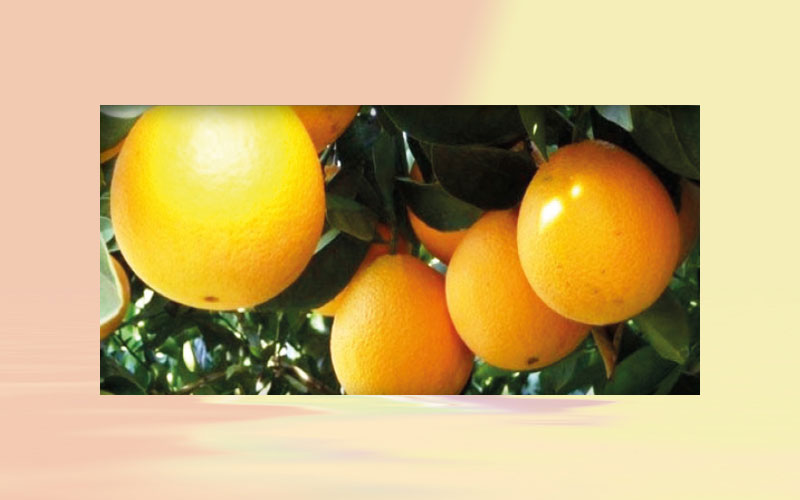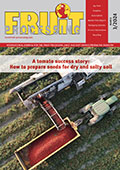Brazilian inventories of orange juice decrease by 33 % between 19/20 and 20/21
By the end of the 2020/21 season, in June 2021, the inventories of Frozen Concentrate Orange Juice (FCOJ) equivalent at Brazilian processors totaled 316.93 thousand tons, according to data from CitrusBR (Brazilian Association of Citrus Exporters) released in mid-August. Compared to that at the end of the 2019/20 season, inventories decreased by 33 %.

By the end of the 2020/21 season, in June 2021, the inventories of Frozen Concentrate Orange Juice (FCOJ) equivalent at Brazilian processors totaled 316.93 thousand tons, according to data from CitrusBR (Brazilian Association of Citrus Exporters) released in mid-August. Compared to that at the end of the 2019/20 season, inventories decreased by 33 %. This reduction was already expected by agents, due to the slower crushing pace of oranges in 2020/21, when orange production was low.
CitrusBR avoided releasing estimates for the current season because of the weather issues (extended drought in the citrus belt and frosts in late July) in the major citrus-producing regions in Brazil, which are still concerning agents. However, ending stocks in the 2021/22 season (by June 2022) may be lower than the strategic level.
So far, considering Fundecitrus’ (Citrus Defense Fund) production estimates from May, of 294 million boxes (40.8 kilograms each), the volume processed may be around 250 million boxes. In that scenario, Cepea data indicate that ending stocks in the 2021/22 season (which ends in June/22) may not be enough to generate a world surplus of orange juice.
Also, agents in the Brazilian citrus sector believe that the estimates from Fundecitrus will be revised down, due to the drought and frosts in Brazil. In this context, the volume processed may be revised too, and juice inventories may be even lower. Thus, processors will depend on higher orange production in 2022/23 to, at least, replenish inventories – which is a concern too, considering that the effects of the weather may be extended to the coming season, since many trees are currently debilitated.
As regards orange processing, the crushing pace for the fruits from 2021/22 was fast in August at the large-sized plants in São Paulo State (SP), with mostly pear oranges being crushed.
Orange processing is expected to last until mid-February/March 2022, with less plants in activity compared to that in the second semester of 2021, however, with higher volumes being produced than that in the same period of previous years, because of the delay in the development of trees (due to weather issues) and irregular flowering. It is worth to consider that the 2021/22 season is expected to have higher volumes of fruits from the third and fourth flowering events (altogether) since Fundecitrus began estimating crops, in 2015/16 – making it a late crop.
BRAZILIAN MARKET IN AUGUST – The demand for oranges was low in the Brazilian market in August, constrained by the current high price levels and lower quality of the oranges available (small-sized and wilted). Still, prices increased, boosted by low supply.









